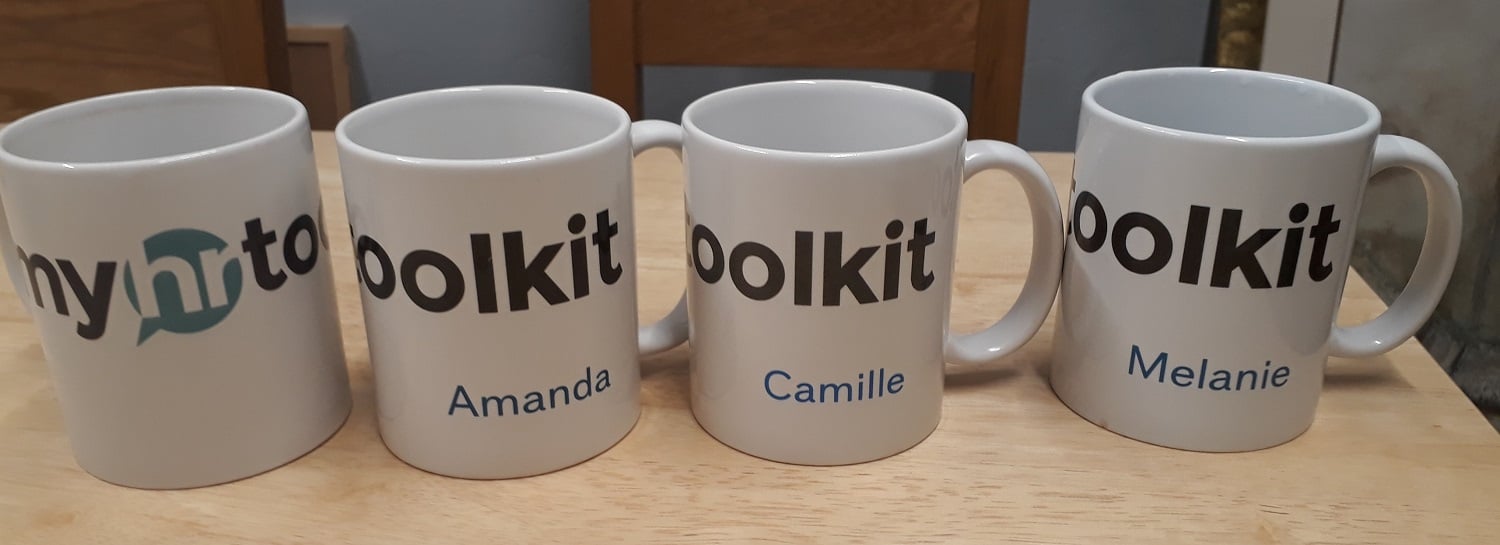Workplace hygiene is a hugely important issue that many businesses are not considering. Even if you’re not operating in a food preparation environment, a high level of workplace hygiene is desirable for the health and safety of staff and customers. This is because hygiene in the workplace can help prevent many instances of minor illness that lead to sickness absences and lower productivity.
The reality of minor and preventable illnesses
The Office of National Statistics (ONS) reported that the number of sick days taken for minor illnesses per year has risen by 12 million from 2011-2018. These minor illnesses – such as coughs and colds, sickness and diarrhoea – comprised 28.6% of all sickness absence from work.
In many cases, these illnesses can be prevented by cleanliness; however, for workplaces, the reality is far from squeaky clean. According to a recent study write-up from GCC Facilities Management, “the average desk harbours 400 times more bacteria than the average toilet seat”!
In their survey of over 650 members of the public workforce, 31% said their work keyboard was never cleaned, as well as 28% for telephones and 36% for computer mice. Work telephones alone carried 25,127 germs per square inch, as one of the dirtiest items surveyed. It’s really no wonder that minor illnesses lead to so many sick days in UK workplaces.
How to maintain a hygienic workplace
Maintaining a hygienic workplace is an important step towards improving sickness absence rates within a business. Here are some easy tips on how to create more hygienic workplaces:
Keep work spaces clean
Hiring a thorough cleaner and/or having a clear office hygiene policy can do a world of good when it comes to preventing minor illnesses and reducing absence rates. Keep keyboards, computer mice, phones, desktops and door handles clean - and cleaning products easily available. Make staff aware of the health risks of dirty desks and crumb-riddled keyboards, too; without knowledge of the risks, staff may be less likely to keep a clean working space.
Pay attention to communal spaces
Are communal spaces cleaned to a high standard? What state is the office fridge in? The kitchen can be a particularly risky place for the transmission of harmful bacteria through cross-contamination. Make sure staff are binning out of date food, cleaning up spills, and aren’t using the office fridge to store riskier raw foods next to ready-to-eat foods.
Encourage a high standard of personal hygiene
Personal hygiene includes what we do as well as how we present ourselves - how often do staff clean the mugs and glasses they use at work? Is everyone washing their hands as much as they should be and using anti-bacterial soap? Does everyone know how to help prevent spreading a cough or cold? Beyond helping keep everyone presentable for the benefit of colleagues and clients, high standards of personal hygiene are also crucial for fighting the spread of bacteria and sickness.
Have anti-bacterial hand soaps and sanitisers available
Make anti-bacterial options easily available so staff can regularly wash and antibac their hands before using office equipment or communal spaces. This can help stop the spread of nasty germs, particularly when staff are hotdesking and using the same equipment.
Get staff individual mugs

We love our myhrtoolkit mugs – they’re more hygienic and personalised too!
Encourage staff to use a specific mug, whether that’s a business mug with their name on/another clear identifier or one they bring in for work. This helps stop cross-contamination from people using the same mugs that haven’t been washed thoroughly. Also, encourage staff to wash-up their work mug every day, as well as water bottles and glasses etc.
Office hygiene strategies can form an important part of your absence management plan. To better record and monitor staff attendance within your organisation, consider the addition of an online absence management system, which can help you track absences and identify patterns or common reasons for absence.
Related guides
How to reduce absenteeism at work
Presenteeism in the workplace: how can you address it?
How to address lost productivity due to employee sickness absence

Written by Camille Brouard
Camille is a Senior Marketing Executive for myhrtoolkit who writes on topics including HR technology, workplace culture, leave management, diversity, and mental health at work.


 Holiday Planner
Holiday Planner Absence Management
Absence Management Performance Management
Performance Management Staff Management
Staff Management Document Management
Document Management Reporting
Reporting Health and Safety Management
Health and Safety Management Task Management
Task Management Security Centre
Security Centre Self Service
Self Service Mobile
Mobile



